The Russian Revolution: The centenary exhibitions to see
In the 100th year since the Russian Revolution, a series of exhibitions in London and New York explore its impact on art and culture
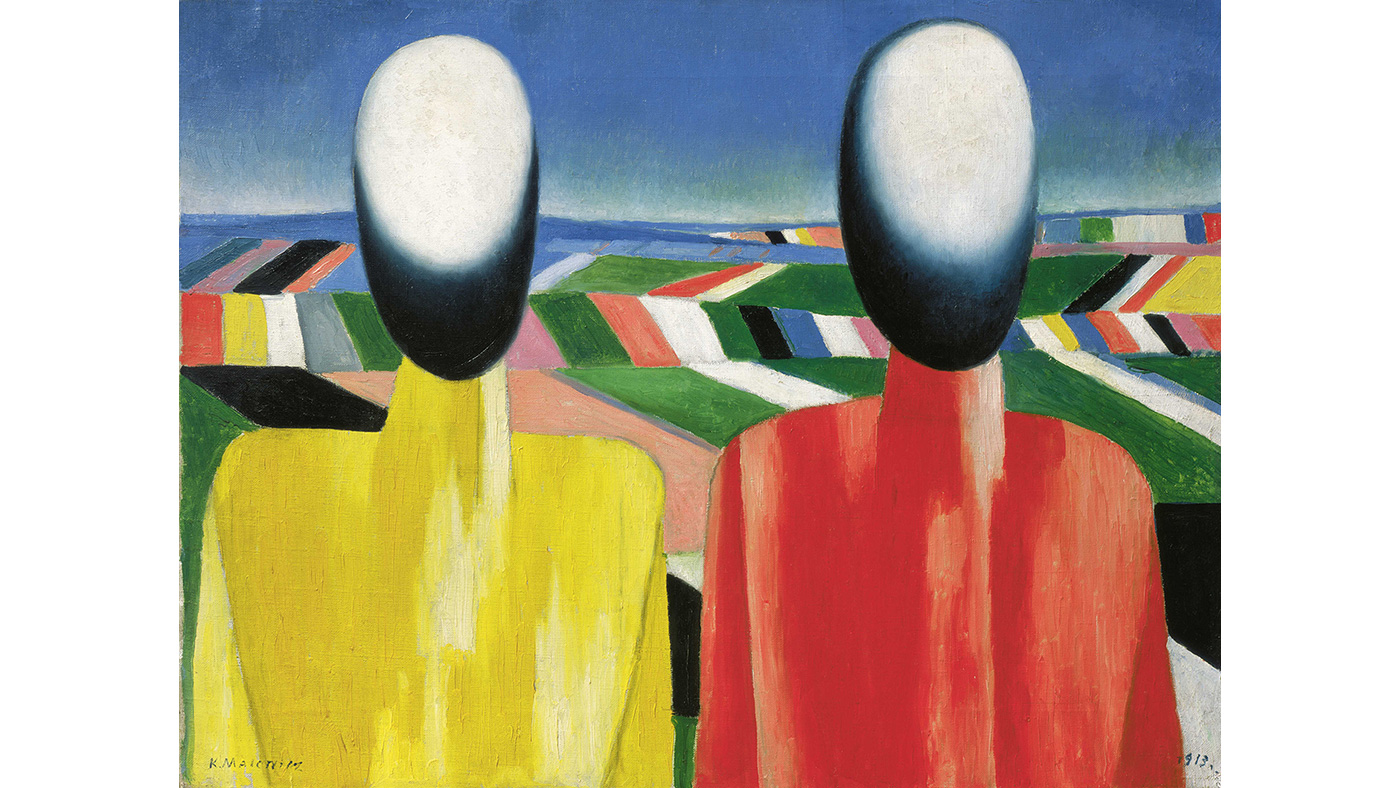
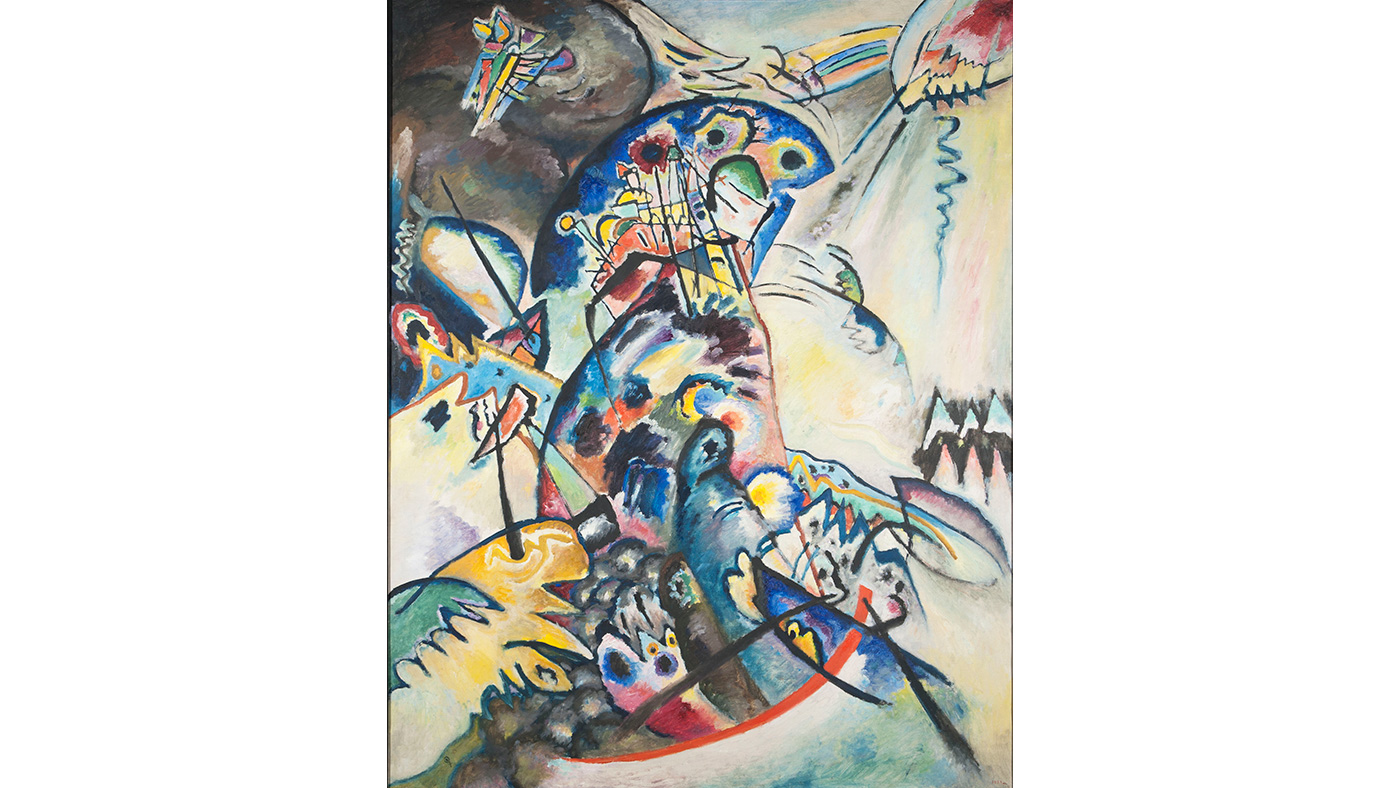
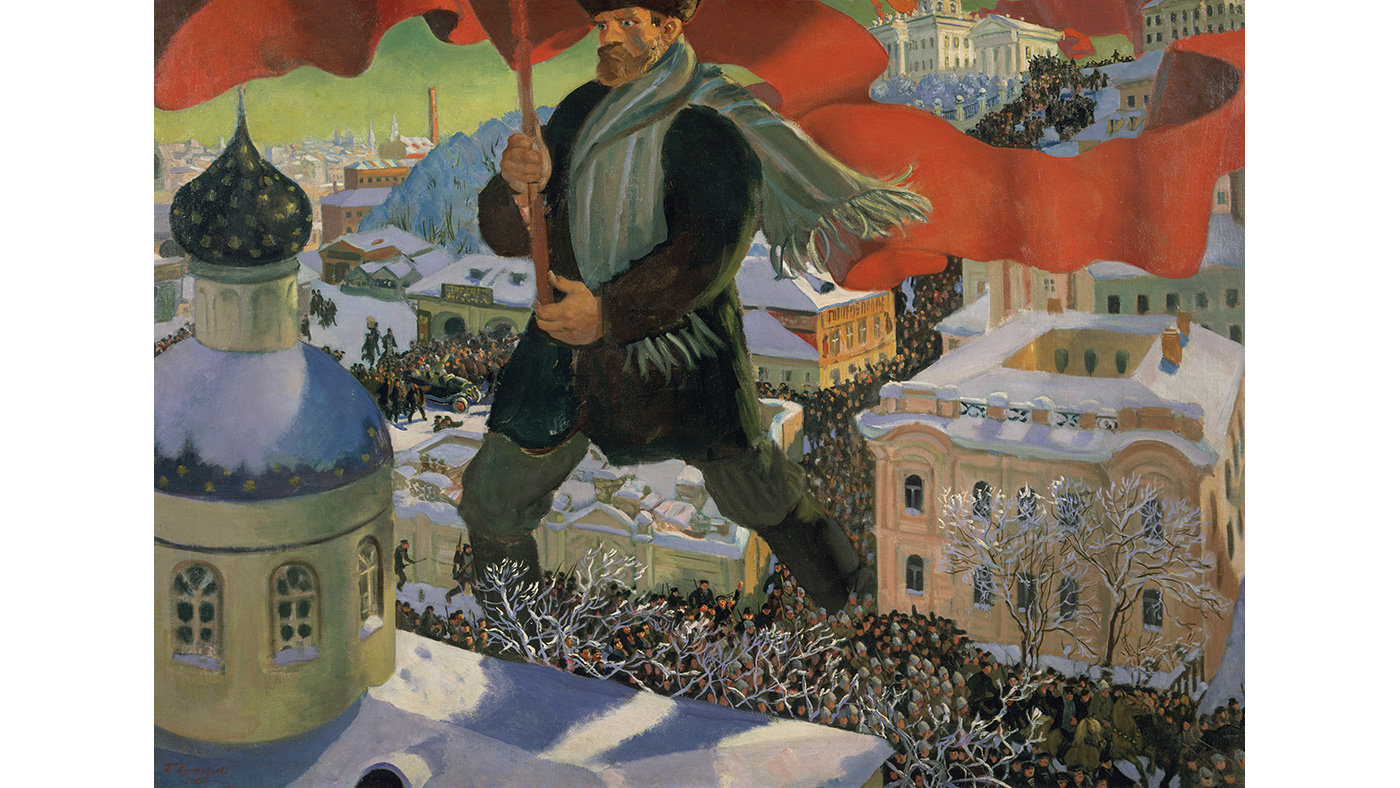
As with any momentous historical event, often the best and most compelling way to understand what happened is by discovering the cultural artefacts left in its wake. As we enter the centenary year of the Russian Revolution, a number of the world's most prestigious institutions are exploring how this key turning point permeated not just the politics of the country, but society as a whole.
Often change can be a catalyst for creativity, a notion investigated in the headline exhibition Revolution: Russian Art 1917–1932, at London's Royal Academy from 11 February to 17 April. It follows the journey of Soviet art, from early idealistic aspirations that took form in the rise of the avant-garde to the harsher realities of living in the USSR, manifested in the constrained Socialist Realism that would come to be the sole sanctioned style of art. This is brought to life with works from such defining figures as Kandinsky, Malevich, Chagall and Rodchenko, as well as other mediums, including films from pioneering director Sergei Eisenstein. Focusing on the human experience, it will also feature a full-scale recreation of an apartment, featuring everyday objects such as ration coupons and the distinctive decorative porcelain produced at the time.

New York's MoMa offers a similar examination of the period documenting how new modes of Abstractionism emerged, from the Constructivists, who believed art should reflect the modern industrial world, to the Suprematism movement spearheaded by Malevich and defined by its bold, geometric forms. A Revolutionary Impulse: The Rise of the Russian Avant-Garde, until 12 March, highlights 260 works spanning paintings, photography, film, graphic design and more.
The Week
Escape your echo chamber. Get the facts behind the news, plus analysis from multiple perspectives.

Sign up for The Week's Free Newsletters
From our morning news briefing to a weekly Good News Newsletter, get the best of The Week delivered directly to your inbox.
From our morning news briefing to a weekly Good News Newsletter, get the best of The Week delivered directly to your inbox.
In the latter half of the year, the Tate Modern will tackle the subject in Red Star Over Russia, expanding the historical remit to cover five decades of Russian creativity, from the revolution of 1905 to the death of Stalin in 1953. It's a chance to see rarely displayed posters and graphic works from the David King Collection, including pieces from El Lissitzky, Dmitri Moor, Gustav Klutsis, Alexander Deineka, Yevgeny Khaldei and Nina Vatolina.
The British Library, meanwhile, will provide an authoritative historical background to events with its showcase Russian Revolution: Hope, Tragedy, Myths, which runs from 28 April to 29 August. As well as compiling key items that reveal the extraordinary lives ordinary Russians lived during the period, it will also display landmark documents offering a glimpse into the upper echelons of society. These include a never-before-seen letter written by Lenin in 1902, when he applied to become a reader at the British Museum Library, and signed with his pseudonym Jacob Richter, which he used to evade the Tsarist police of the time.
A free daily email with the biggest news stories of the day – and the best features from TheWeek.com
-
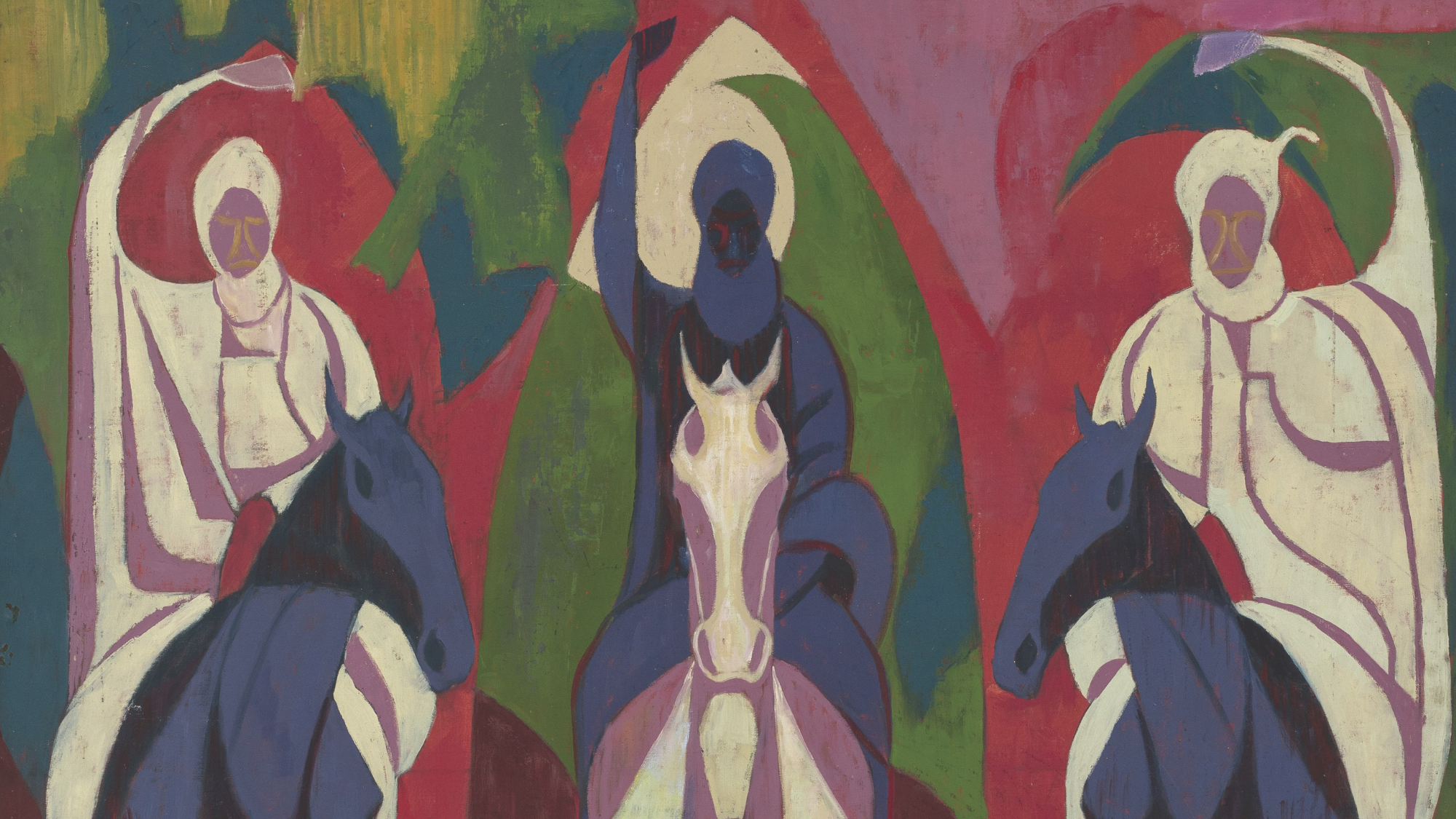 Nigerian Modernism: an ‘entrancing, enlightening exhibition’
Nigerian Modernism: an ‘entrancing, enlightening exhibition’The Week Recommends Tate Modern’s ‘revelatory’ show includes 250 works examining Nigerian art pre- and post independence
-
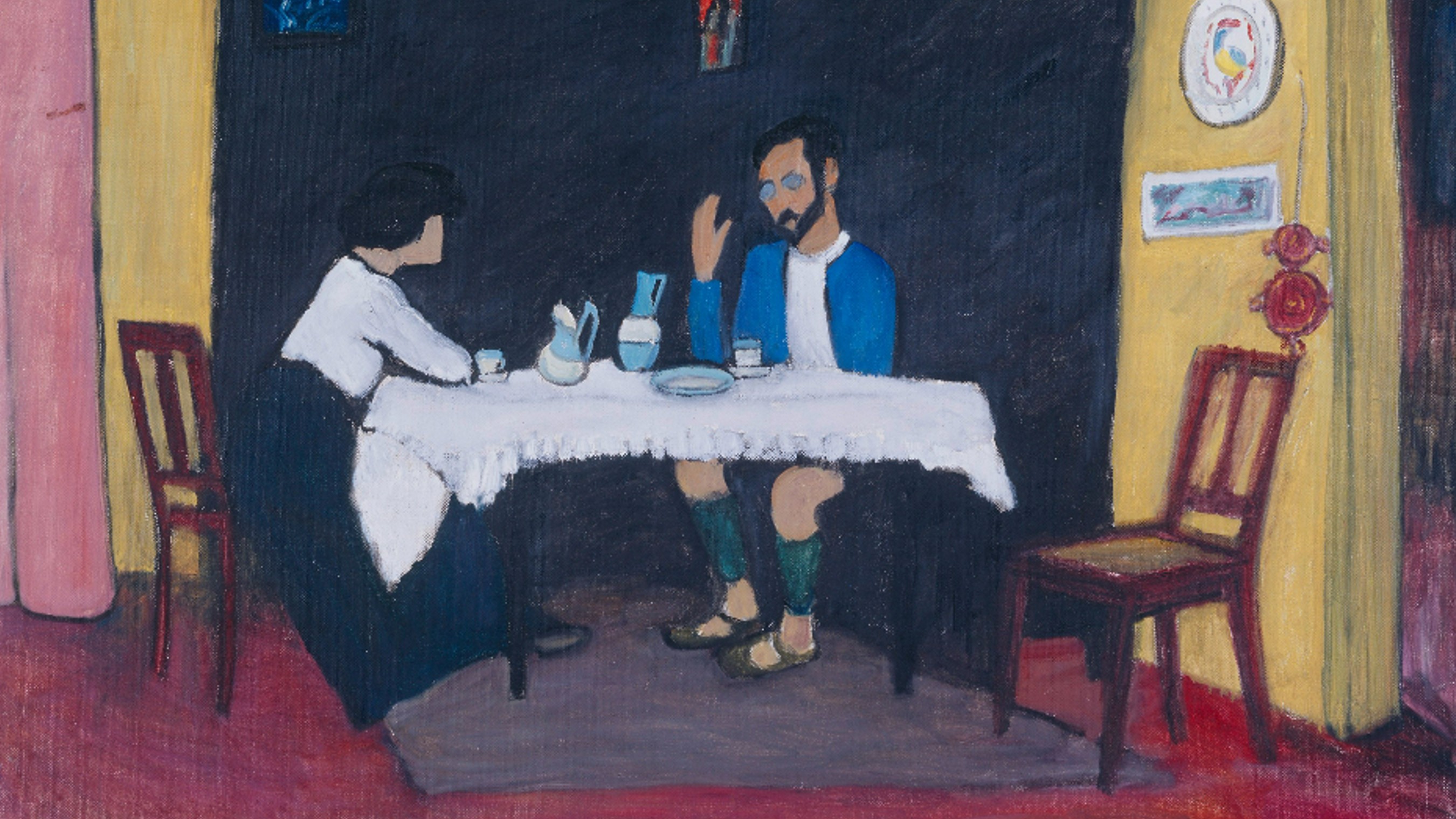 Expressionists: a 'rousing' exhibition at the Tate Modern
Expressionists: a 'rousing' exhibition at the Tate ModernThe Week Recommends Show mixes 'ferociously glowing masterpieces' from Kandinsky with less well-known artwork
-
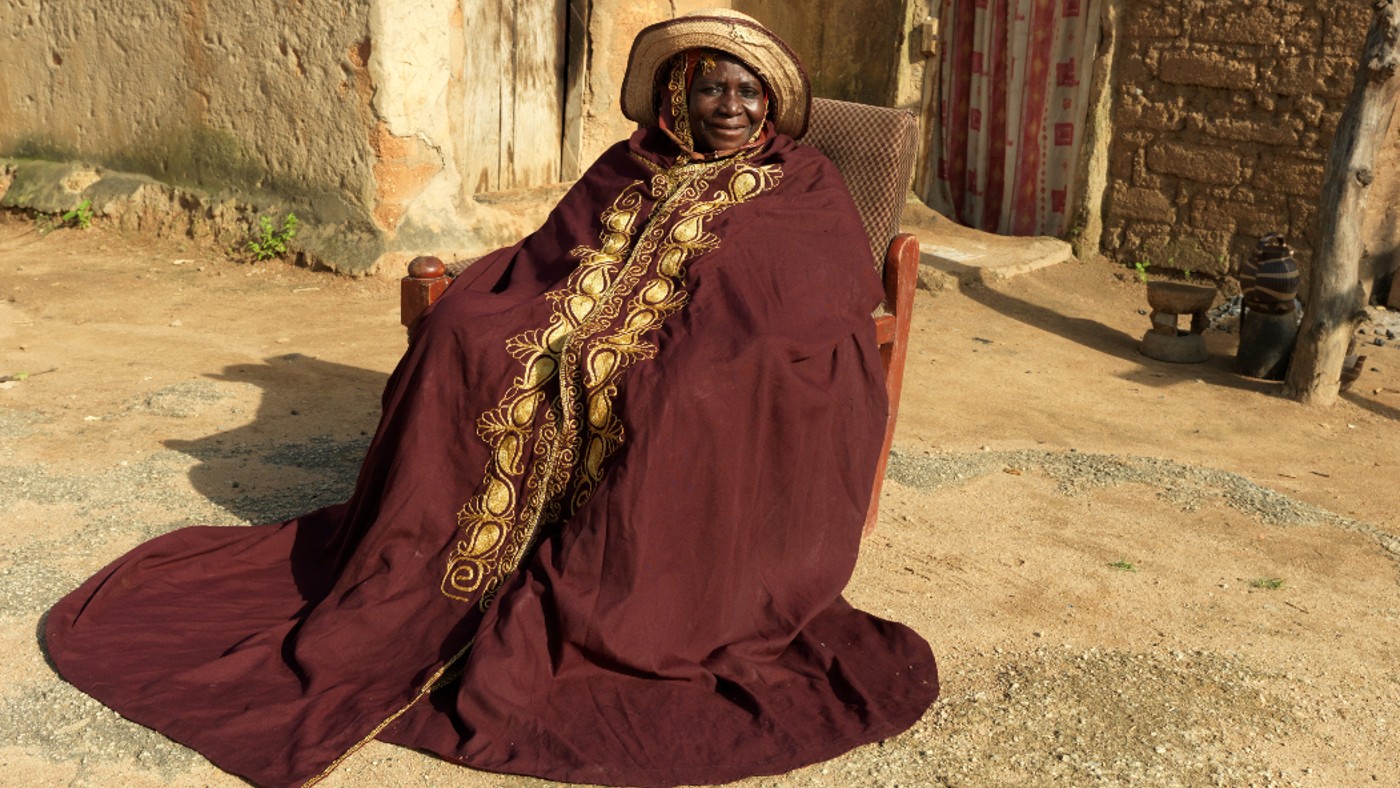 Tate Modern: A World in Common
Tate Modern: A World in CommonThe Week Recommends An ‘abbreviated’ but ‘compelling’ show of works from 36 African photographers
-
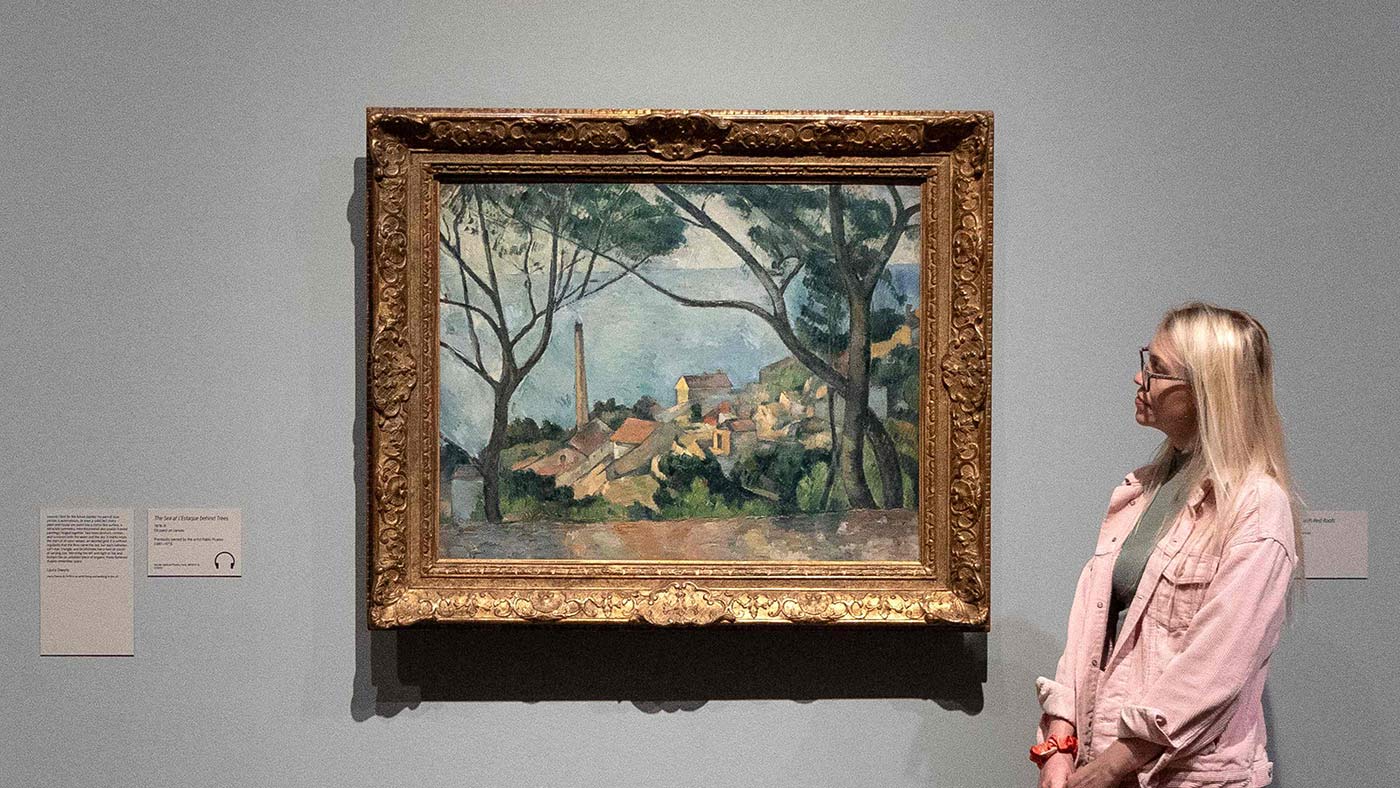 Cézanne at the Tate Modern: ‘breathtaking’ and ‘hypnotically absorbing’
Cézanne at the Tate Modern: ‘breathtaking’ and ‘hypnotically absorbing’The Week Recommends This ‘nigh-on note-perfect’ exhibition demonstrates how the painter turned art on its head
-
 Russia: Revolution and Civil War 1917-1921 by Antony Beevor – a ‘grimly magnificent’ book
Russia: Revolution and Civil War 1917-1921 by Antony Beevor – a ‘grimly magnificent’ bookThe Week Recommends This is an ‘unceasingly agonising, yet always irresistible’ work
-
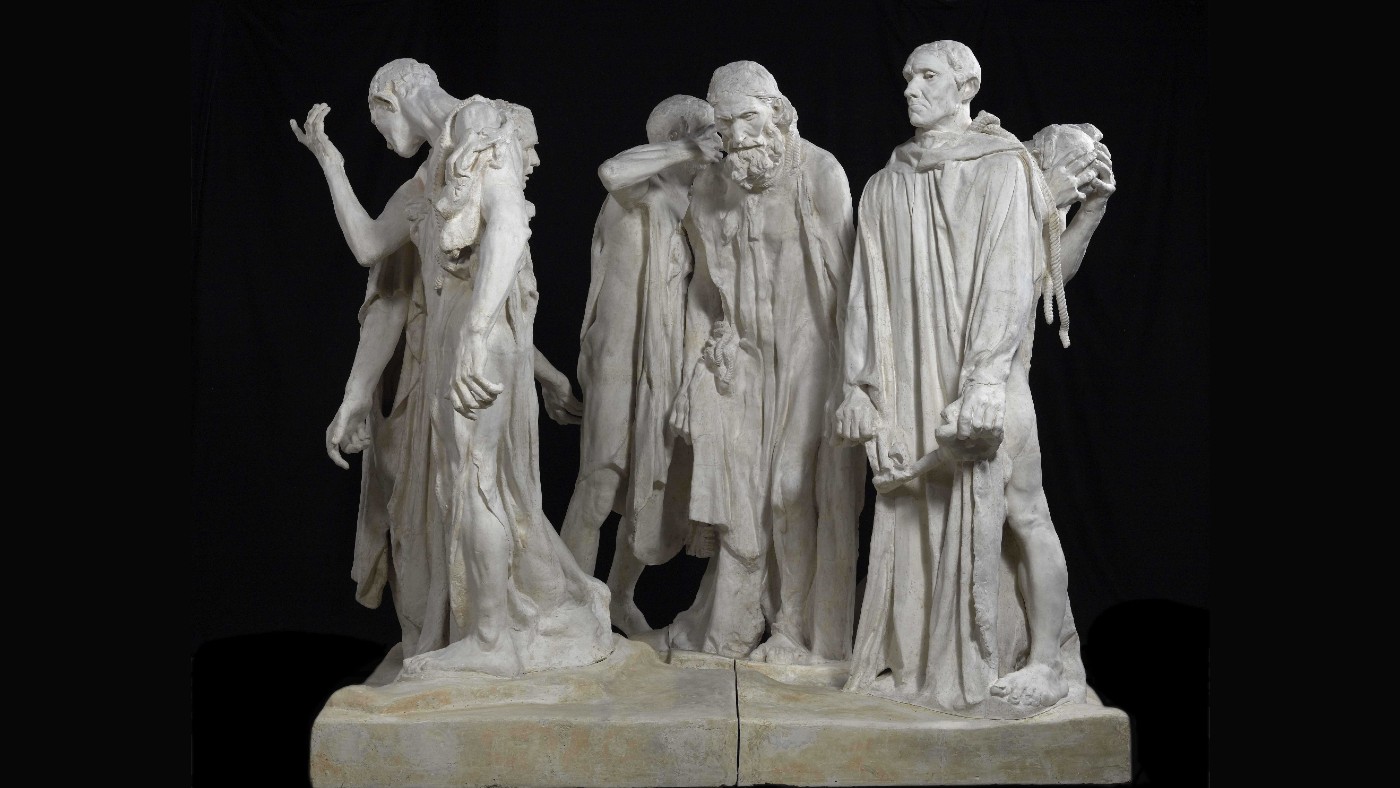 Exhibition of the week: The Making of Rodin
Exhibition of the week: The Making of RodinThe Week Recommends For all its strengths, the show is let down by a needlessly ‘censorious’ attitude towards its subject
-
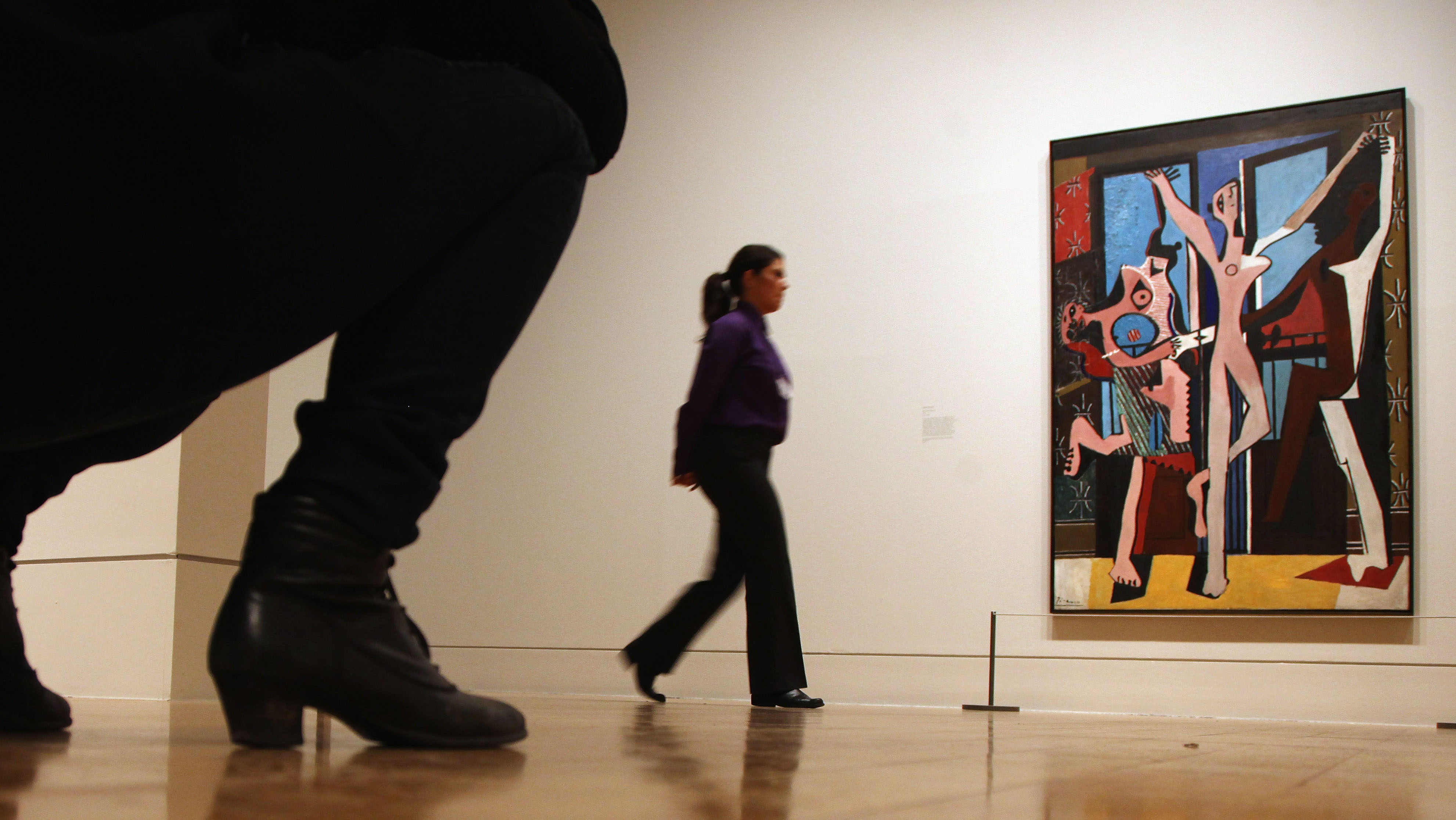 Ten most visited attractions in the UK
Ten most visited attractions in the UKSpeed Read Museums and galleries flourished last year while outdoor attractions suffered
-
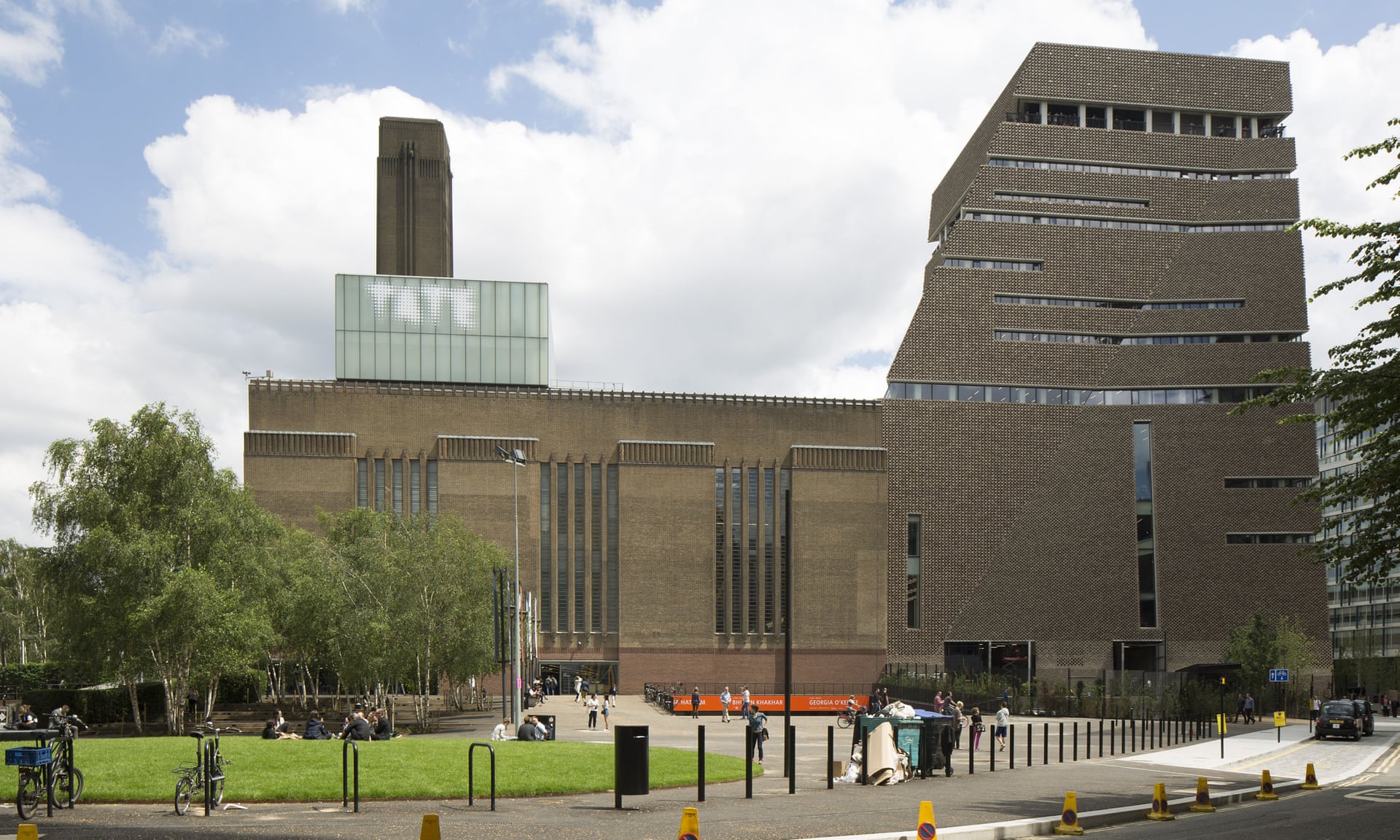 Why the Tate will no longer take donations from the Sackler family
Why the Tate will no longer take donations from the Sackler familyIn Depth The mega-rich clan and their company Purdue Pharma are under fire over controversial opioid OxyContin

